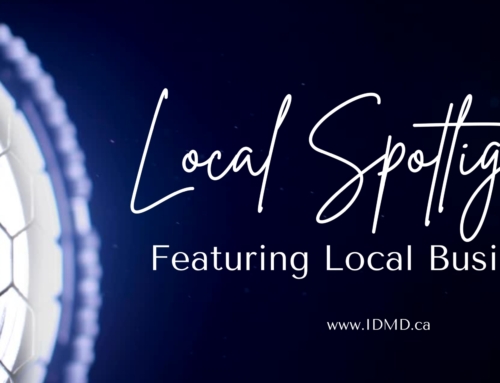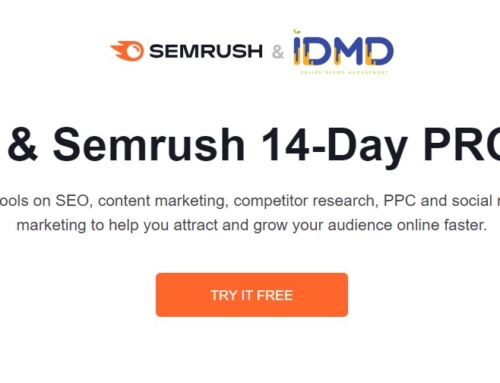The quote, “Do not put all of your eggs in one basket,” has long been considered sage advice for protecting your assets. However, what you may not know is that Warren Buffet, the famous investor and financier, has another quote: “Put all of your eggs in one basket, and watch the basket.” He argues that, while diversification is wise for the less experienced, it is not the right strategy for anyone who truly knows what they are doing.
I love this analogy, as it applies to advertising as well as finance. Too many small businesses try to “scatter their eggs” and reach as many people as possible, sacrificing frequency for audience reach, diluting their efforts, and exhausting their ad budget before ever making a sale. Most often, the reason for this is that most business owners do not have the tools or resources to “watch the basket,” which includes not only tracking analytics but also understanding what creative is working and on which channels, who is responding, and whether the customer journey is leading to sales.
In determining channels and budgets, I lean on my radio advertising experience and the importance of ad frequency over audience size. Ad guru Roy Williams, a big fan of radio and strategic advertising, says that it’s better to reach a smaller, targeted audience multiple times than to reach a larger audience once. The size of your audience depends on your budget, and his formula for success combines good creativity with frequency over audience reach. In my years of radio working with big stations and small stations, I found that for most of my clients who had limited budgets, it was the smaller stations that had the best results.
You see, in my early days in radio advertising, I worked almost exclusively with small businesses operating on tight budgets. All the big-budget accounts went to the seasoned reps with 20 years under their belts, or the agency rep, who usually drove the nicest car and had her own corner office. The newbies were left to sift through old abandoned lists and to dial for dollars, scanning the phone book and faxing one-pagers on the benefits of radio. Yes, folks, this was in the world before Google.
Despite the challenges, I saw this as an opportunity to learn and innovate. I worked to craft tailored solutions for each client and honed my skills in ad placement, ensuring the highest frequency regardless of the ad budget. If a client only had a $ 500-a-week budget (almost impossible to work with in radio in the early 2000s), I would find the most affordable station and focus on a single day part, every day, week after week. In fact, it was better to pay a premium for a single ad in a three-minute time slot at the same time of day than to try to stretch the budget with a ROS (run of schedule) rate, which is what most radio advertisers would do in what we called “spray and pray.” I was placing ads as though it were TV while my co-workers were pushing reach plans on the biggest stations, swallowing up ad dollars, and shutting out most small business advertisers.
Following the Roy Williams method of combining a targeted approach with good creative writing allowed me to help businesses with even the smallest of budgets be successful in their advertising. What was true in my years of helping small businesses be successful in radio advertising still holds in all forms of advertising, including digital.
My experience in radio working with small businesses taught me that success in advertising isn’t about big budgets—it’s about creativity and strategic targeting, or in this case, knowing where to place your eggs and watch the basket.
Placing your eggs: choosing your channels and honing your creative messaging.
This is really two areas of focus, not one, as in advertising, the creative message is as important as the channels you use to communicate your message. Using the IDMD Brand Navigator, you can hone in on your ideal customer and create a profile based on their demographic and psychographic profiles. Once you know who you are targeting, you can then align your target with the appropriate social media channels. I provide an audience profile for various social media channels in Chapter 4 “Navigating the Digital Frontier.”
The creative messaging should align with your business solutions by identifying a problem your ideal customer is having and then explaining clearly how your business will solve that problem. When I worked with clients in radio, we used to say, “Ask your customers what keeps them up at night.” Of course, depending on your business, your solutions may not be a sleep disruptor, but they are needed, and until you identify that need, you will struggle to create a niche for your business.
Once we completed the IDMD Brand Navigator process for Blue Sky, we identified opportunities and challenges, and we selected three core audiences to target with our ad messaging. We also created a retargeting strategy to ensure we were maximizing our marketing efforts. Our chosen digital platforms for advertising are Facebook and Instagram, with a campaign targeting sport fishermen, families on vacation, and destination weddings.
Watching the basket:
Once we have established our key customer profile, aligned our messaging to solve their problem(s), and chosen our advertising channels, we now must watch the basket. This requires establishing your baseline through analytic data and implementing software programs to measure reach, frequency, engagement, clicks, and sales. At IDMD, we use multiple tools to watch the basket, as we have found that while there are great software solutions available, none that we have found do everything well. By combining software solutions, we can optimize more than 250 ads on Facebook and Instagram in a single campaign with automated processes to eliminate ad spend waste, and we can determine organic traction as well as individual post engagement through a robust social media analytics dashboard.
Our proven process has grown Blue Sky Cabo from a social media audience of less than 100 to a following of over 249,000, and our client has used our social media marketing tools exclusively to advertise his yacht charters since 2013. Our success is based on the process of knowing where to place the eggs, watching the basket, and making changes as needed based on our findings. If you are interested in learning more about our process, you can email us at info@idmd.ca.













Leave A Comment